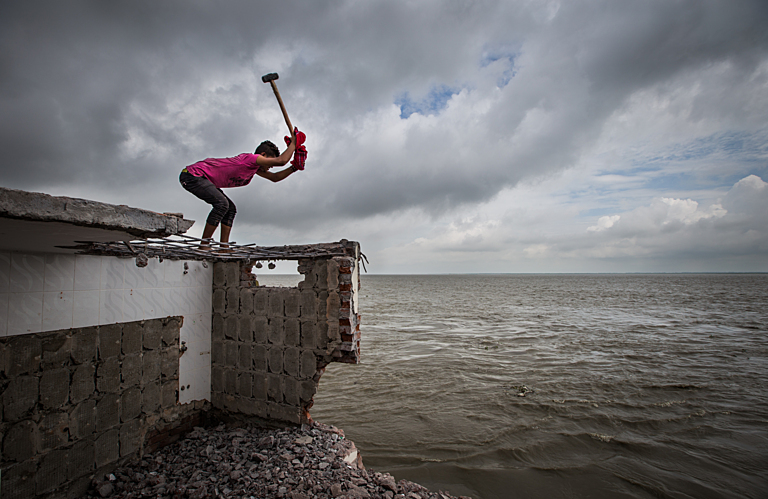In the face of increasing humanitarian crises globally, the need for locally led approaches to anticipatory action is more critical than ever. Recognising the importance of communities and local actors at the forefront of risk, a Working Group on Locally Led Anticipatory Action has been formed within The Anticipation Hub to bolster their pivotal role in decision-making ahead of predicted hazards, with the aim to prevent or reduce impacts.
Our contribution to the initiative
GNDR, as a member of The Anticipation Hub and through our Local Leadership for Global Impact project with DKH, and implementing members SAF-FJKM (Madagascar), CEDES (Mozambique), and CARD (Malawi), GNDR is pleased to have contributed to the start-up of this group – demonstrating that locally led anticipatory action is not only possible, but also effective.
Locally led anticipatory action explained
Anticipatory action refers to actions taken to reduce the humanitarian impacts of a forecast hazard before it occurs, or before its most acute impacts are felt. The decision to act is based on a forecast, or collective risk analysis, of when, where and how the event will unfold (IFRC 2020). Communities and local actors on the front lines of disasters and crises, and those most vulnerable to their impacts can take charge of their destiny when anticipatory action is locally led. At its core, this process involves:
- Autonomous anticipatory action: local communities and actors acting independently and are not reliant on external support
- Local action: taking place within a self-defined or administratively defined community, or collection of communities
- Local leaders: Working through local government structures and local actors with a permanent presence in the area, as well as community-based organisations, NGOs and community groups
- Flexible financing: Advocating for pre-agreed financing for locally led early actions to mitigate the impact of forecastable events
This approach places those most affected by disasters at the heart of decision-making, ensuring their active involvement in:
- Providing indigenous knowledge for enhanced early warning systems
- Offering localised data for more nuanced risk and vulnerability assessments
- Facilitating feedback on forecasting models and intervention effectiveness
- Mobilising local structures swiftly
